The 8 Forms of Bhairava
The divine Bhairava is one of the most powerful forms of Lord Shiva, often seen as the protector and guardian of time. He is worshiped by devotees seeking courage, protection, and spiritual guidance.
Who is Bhairava?
Bhairava is a fierce and compassionate form of Lord Shiva, known for both punishing the wicked and protecting the righteous. He is considered the guardian of the universe and the lord of time. Bhairava ensures that dharma (righteousness) is upheld and protects devotees from fear, evil spirits, and obstacles in life. There are many forms of Bhairava, each designed to help devotees based on their specific needs.
Kaal Bhairav and Batuk Bhairav
Kaal Bhairav is the most well-known form of Bhairava, representing the passage of time. He is often depicted as dark and intense, embodying the destructive aspect of time that spares none. However, Kaal Bhairav is not just a destroyer; he is also a protector. Devotees worship Kaal Bhairav for protection from evil and to overcome fear.
Batuk Bhairav, on the other hand, is the child form of Bhairava. He is depicted as a young boy, symbolizing innocence and purity. Batuk Bhairav blesses devotees with wisdom and helps remove obstacles. People seek his blessings when they are in need of solutions and guidance in life.
Bhairava Blesses Everyone
Though Bhairava appears fierce, he is kind and blesses all those who worship him with a pure heart. His different forms offer guidance, protection, and strength depending on the devotee’s needs. Bhairava comes to the aid of his devotees in the form that is most suited to help them in their specific circumstances.
The 8 Forms
असिताङ्गो रुरुः चण्डः क्रोधः उन्मत्तभैरवः।
कपालभृद् भीषणश्च संहारश्च महाभयः॥
Asitanga, Ruru, Chanda, Krodha, Unmatta Bhairava, Kapalabhrit, Bhishana, and Samhara — these are the eight great Bhairavas.
अष्ट भैरव रूपाणि शिवस्य परिकीर्तितम्।
लोकानां पालनार्थाय भक्तानां हितकारकः॥
The eight forms of Bhairava are extolled as manifestations of Shiva, For the protection of the world and the welfare of devotees.
अष्ट रूपधरो देवो भैरवो भयनाशनः।
भक्तानां संकटहरो दुष्टानां भयनाशनः॥
The god who assumes eight forms is Bhairava, the destroyer of fear, He removes the distress of devotees and destroys the fear of the wicked.
There are eight primary forms of Bhairava, known as the Ashta Bhairava. These forms are guardians of the eight directions and serve different purposes. Each form has a unique appearance, powers, and blessings to offer.
1. Asithaanga Bhairava
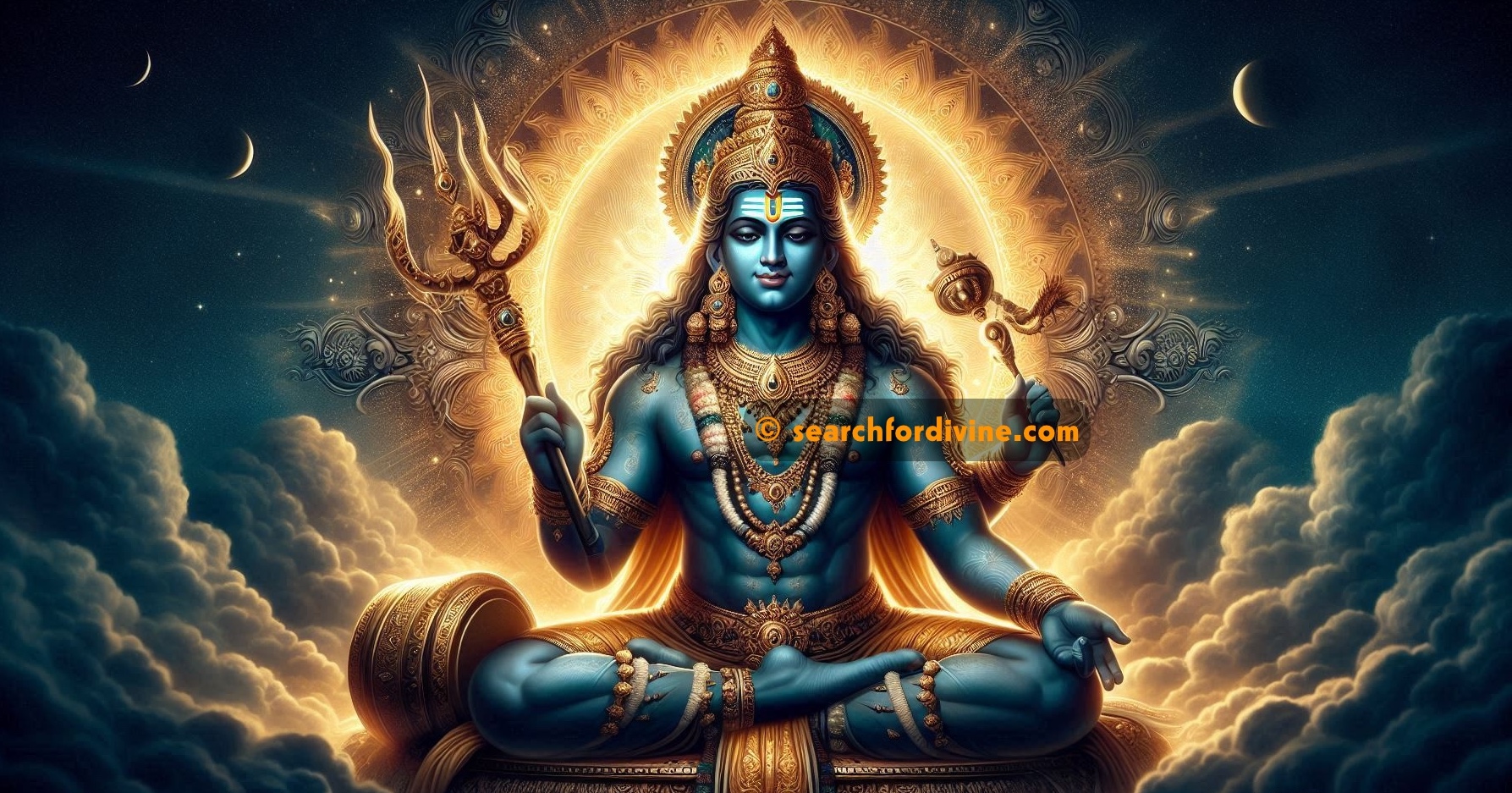
Asithaanga Bhairava is the first form of Bhairava and is associated with the east. He governs creation and is known to grant success, prosperity, and fulfillment of desires. This form of Bhairava is often depicted with a blue complexion and adorned with gold ornaments. Worshiping Asithaanga Bhairava brings material wealth and helps devotees achieve their goals.
2. Ruru Bhairava
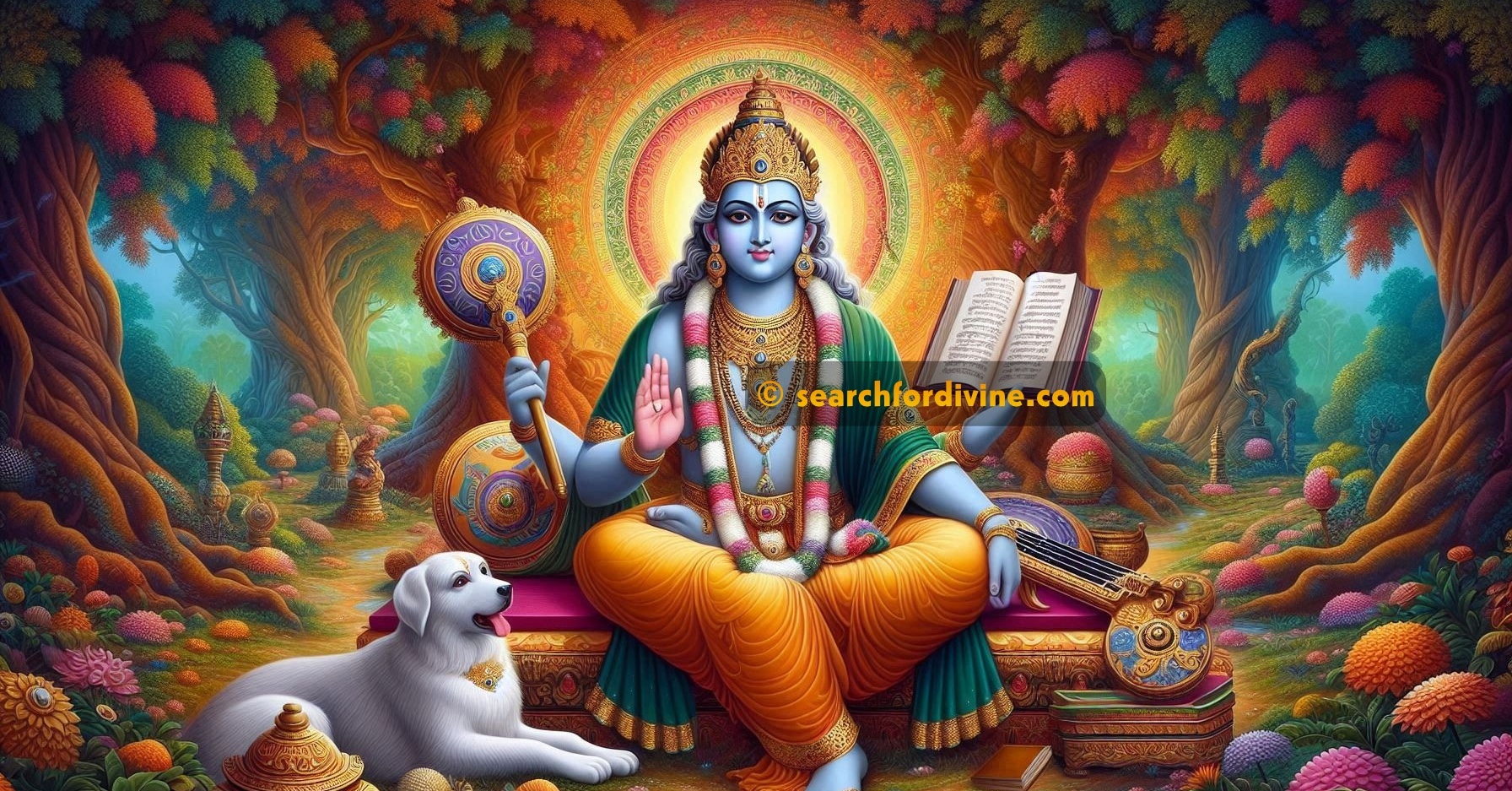
Ruru Bhairava is the second form, governing the southeast direction. He is the form that imparts knowledge, arts, and music. Those seeking intellectual growth and mastery over the arts turn to Ruru Bhairava for blessings. He is often depicted with a peaceful face, holding scriptures, and is accompanied by a dog, his loyal companion. Worshiping Ruru Bhairava helps in gaining wisdom and overcoming ignorance.
3. Chanda Bhairava
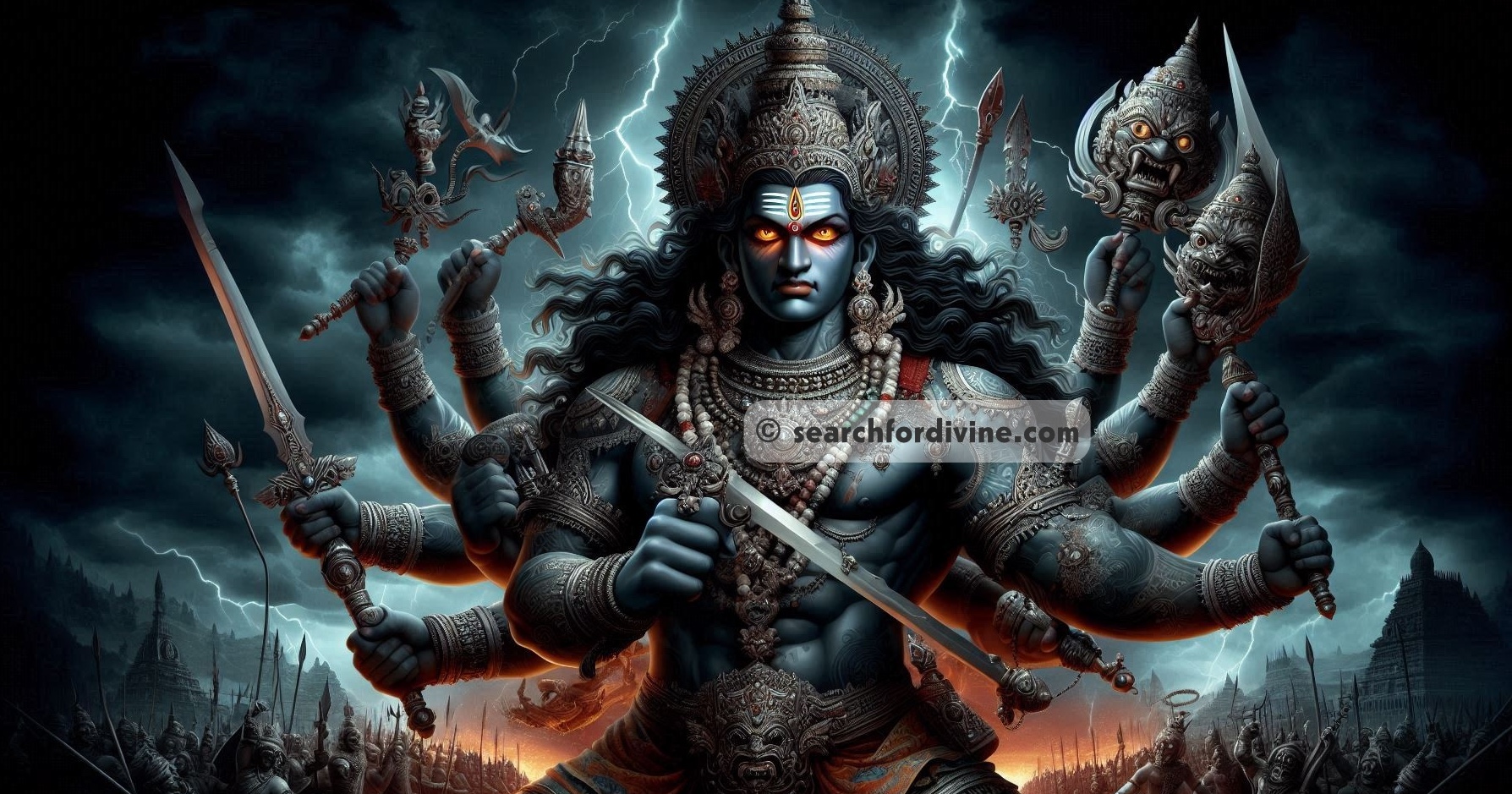
Chanda Bhairava is associated with the south and is known for his fierce protective powers. He eliminates evil forces and keeps negative energies at bay. His appearance is fierce, often shown wielding weapons to destroy the wicked. Worshipers seek Chanda Bhairava’s blessings for courage and protection in dangerous situations.
4. Krodha Bhairava

Krodha Bhairava, as the name suggests, is the embodiment of anger. He rules the southwest direction and is worshiped to eliminate obstacles and enemies. Despite his fierce appearance, Krodha Bhairava provides great strength and determination to his devotees. Those facing intense struggles or challenges in life pray to Krodha Bhairava for the strength to overcome all odds.
5. Unmattha Bhairava
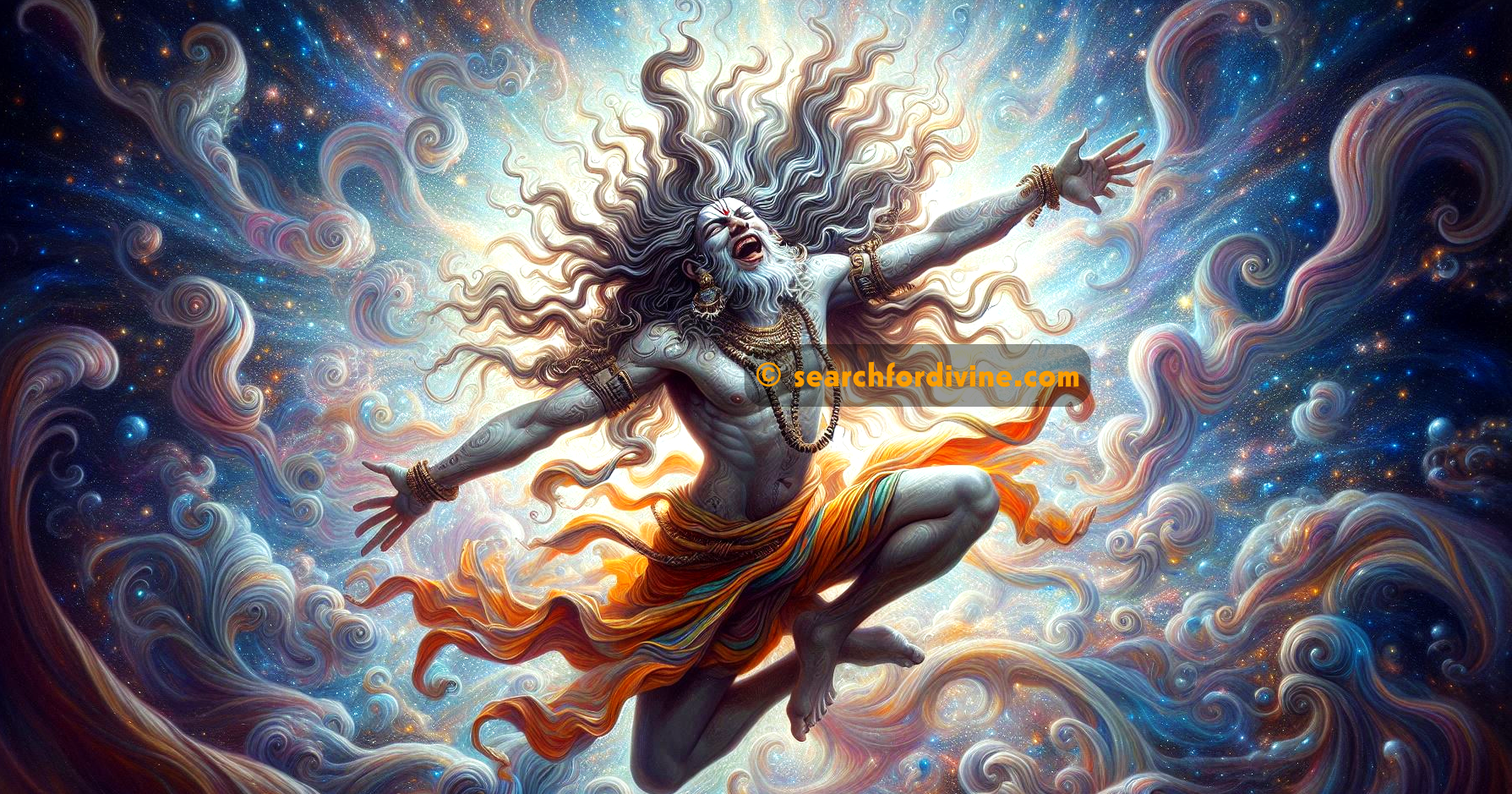
Unmattha Bhairava rules the west and represents the ecstatic, wild nature of Shiva. He is often depicted in a frenzied state, symbolizing liberation from worldly attachments. Unmattha Bhairava blesses his devotees with freedom from fear and mental clarity. Those seeking liberation from confusion or spiritual enlightenment turn to Unmattha Bhairava.
6. Kapaala Bhairava
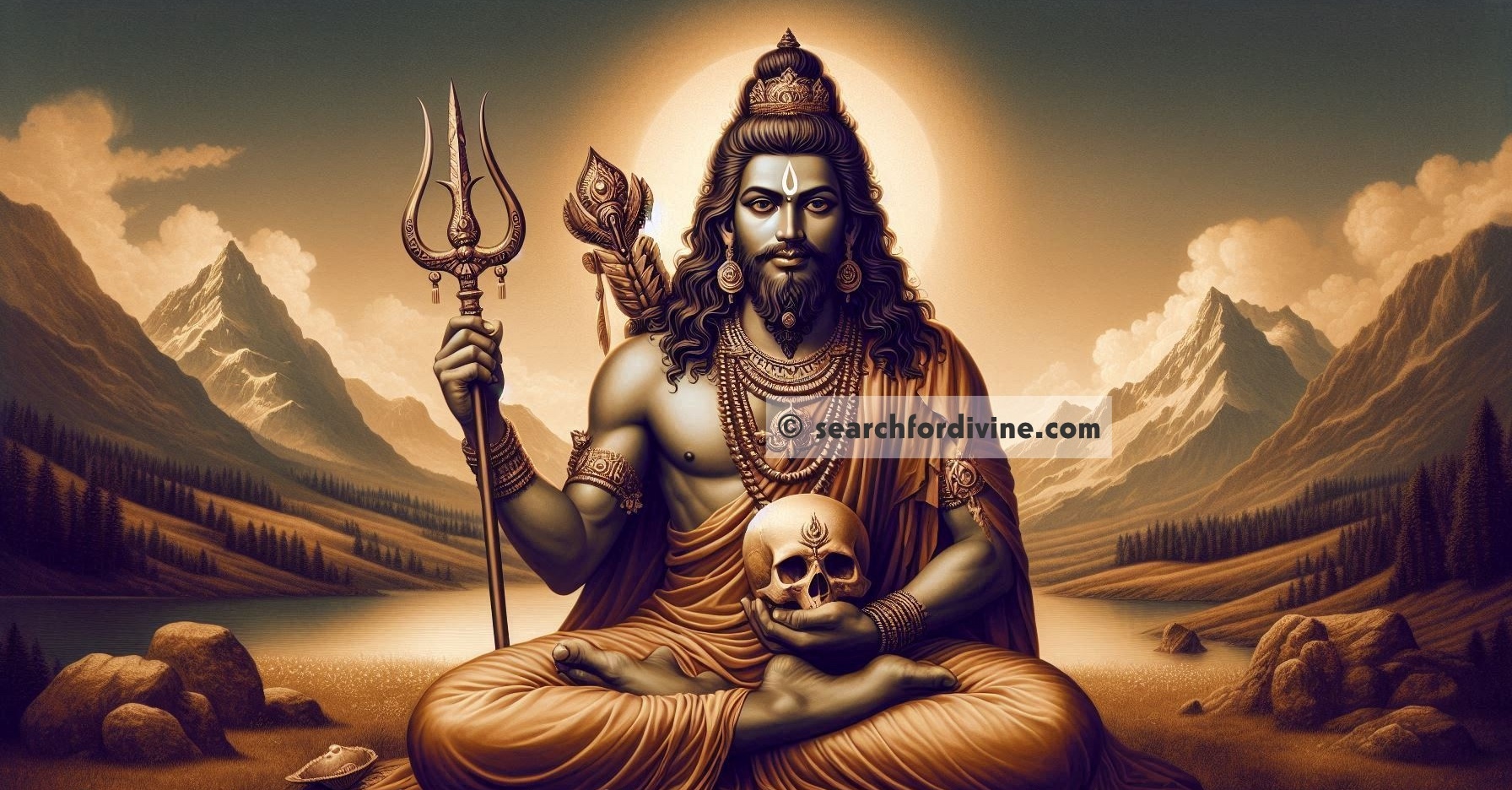
Kapaala Bhairava governs the northwest direction and is often depicted holding a skull. This form of Bhairava is associated with spiritual wisdom and asceticism. Devotees worship Kapaala Bhairava to gain insight into the deeper mysteries of life and death. He helps those on the path of spirituality to remain focused and disciplined.
7. Bheeshana Bhairava
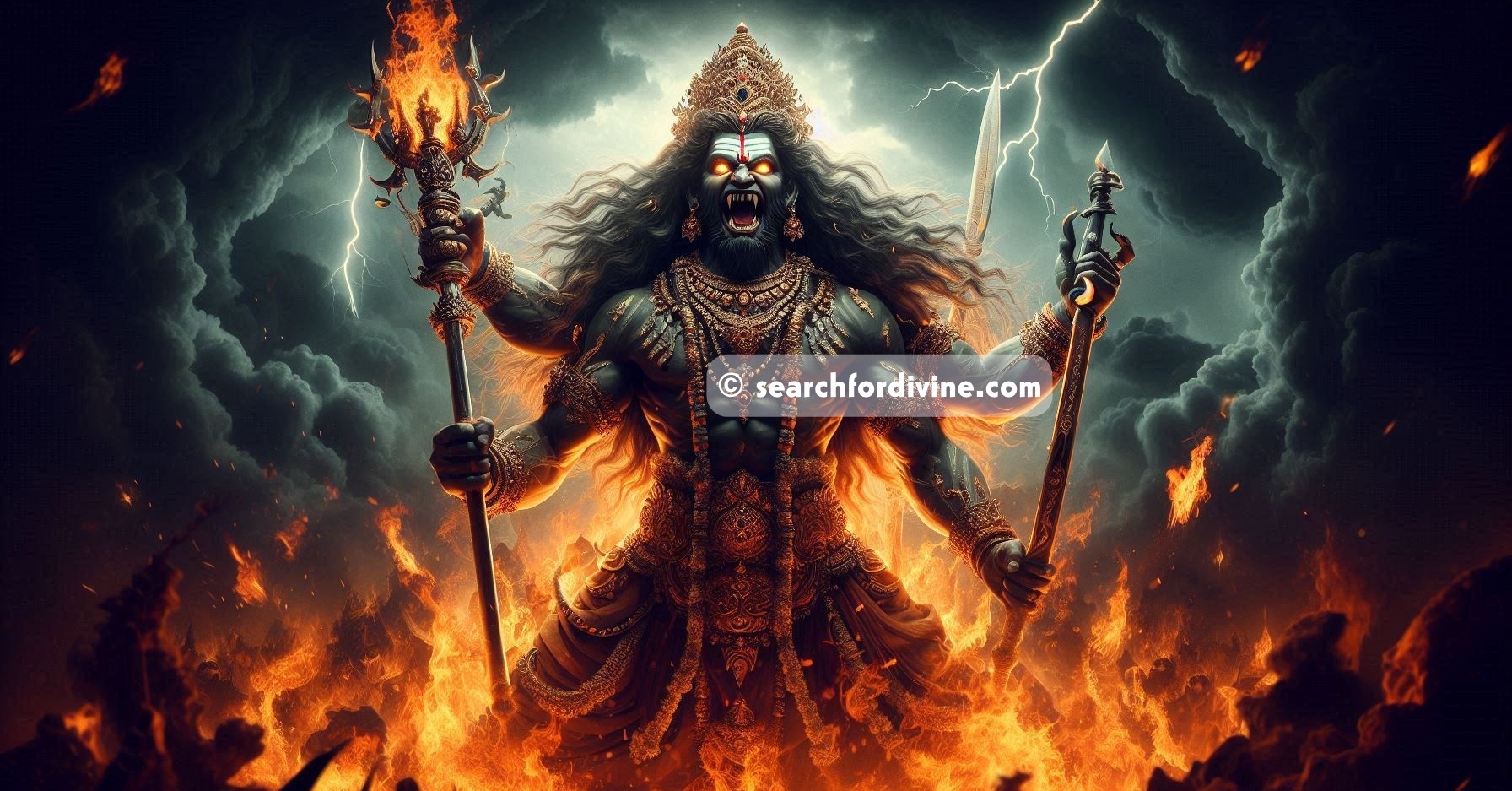
Bheeshana Bhairava is the guardian of the north and is known for his terrifying appearance. His purpose is to strike fear into the hearts of those who live by adharma (unrighteousness). He protects his devotees by destroying evil forces. Those facing threats or enemies can seek refuge in Bheeshana Bhairava for protection and victory.
8. Samhaara Bhairava
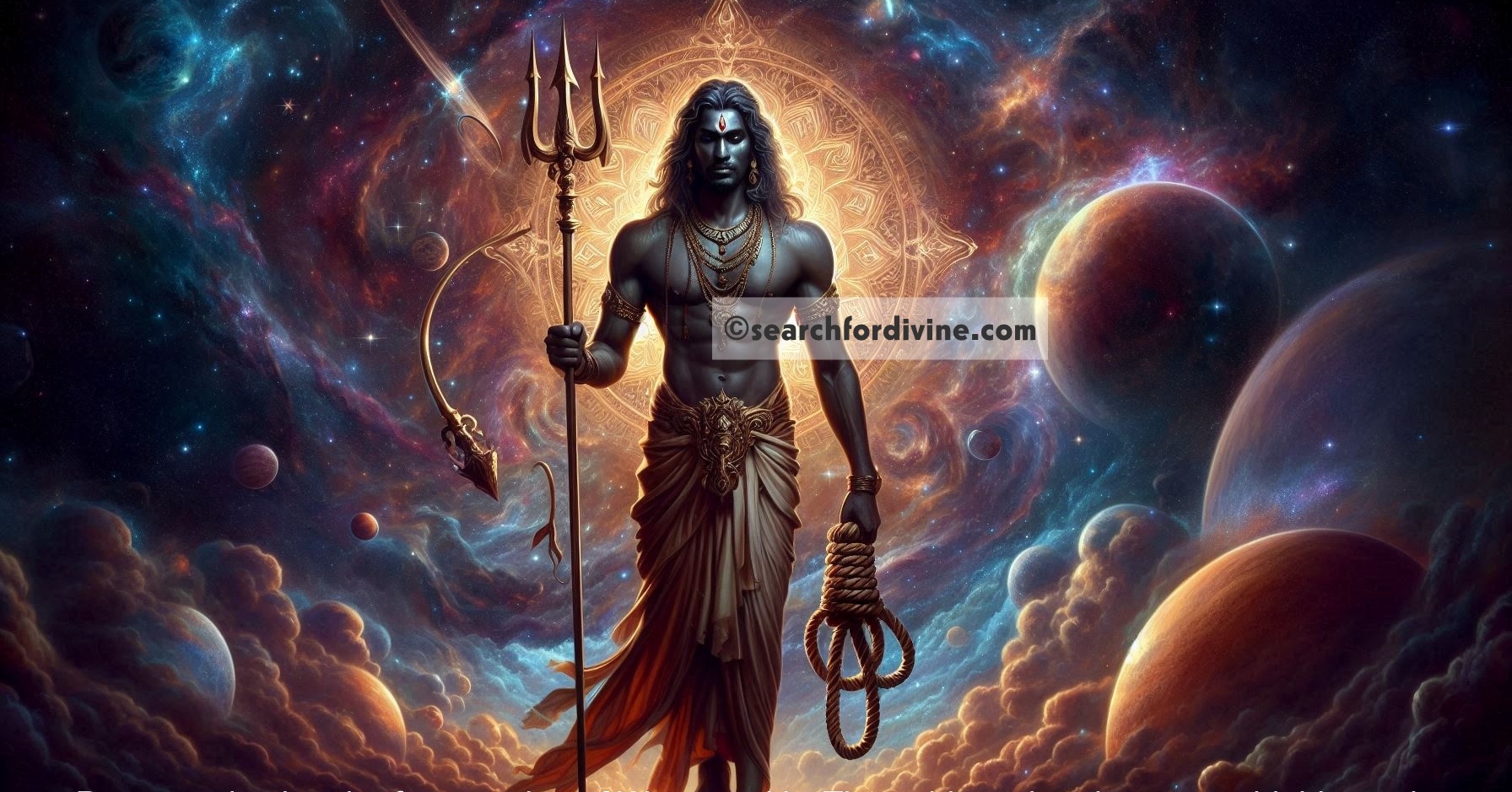
Samhaara Bhairava governs the northeast direction and is responsible for destruction in the cosmic cycle. He removes everything that is no longer needed, allowing for renewal and growth. Devotees pray to Samhaara Bhairava to help them let go of negativity and attachments that hold them back in life. He is often depicted with a calm yet intense expression, holding a trident.
Each Form Different Blessing
The forms of Bhairava are incredibly powerful, each offering unique blessings depending on the devotee’s needs. Whether you seek protection, wisdom, success, or spiritual growth, Bhairava will reach out in the form that is best suited to you. By understanding these eight forms, devotees can seek guidance from Bhairava to overcome challenges and walk the path of righteousness.
Each form, from Asithaanga Bhairava to Samhaara Bhairava, plays a crucial role in the spiritual journey, reminding us that Lord Bhairava’s divine presence is always with us, guiding and protecting us through life’s trials and triumphs. For a detailed, step-by-step guide based on the Shastras for performing home puja, please refer to: Step-by-Step Bhairava Home Worship Guide जय भैरव बाबा!


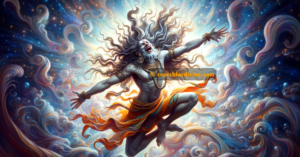


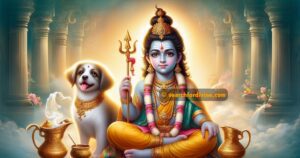



Kaal Bhairav Ashtakam